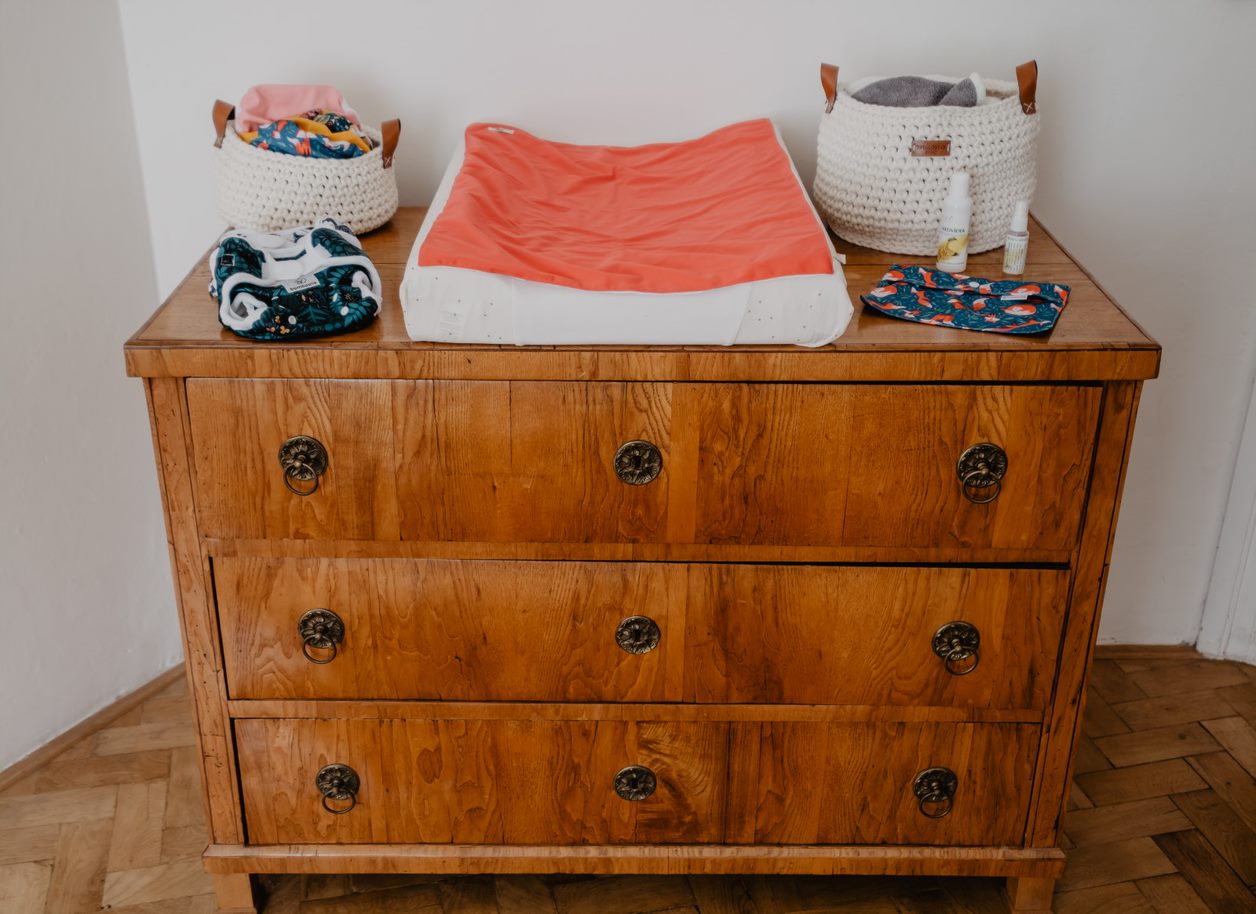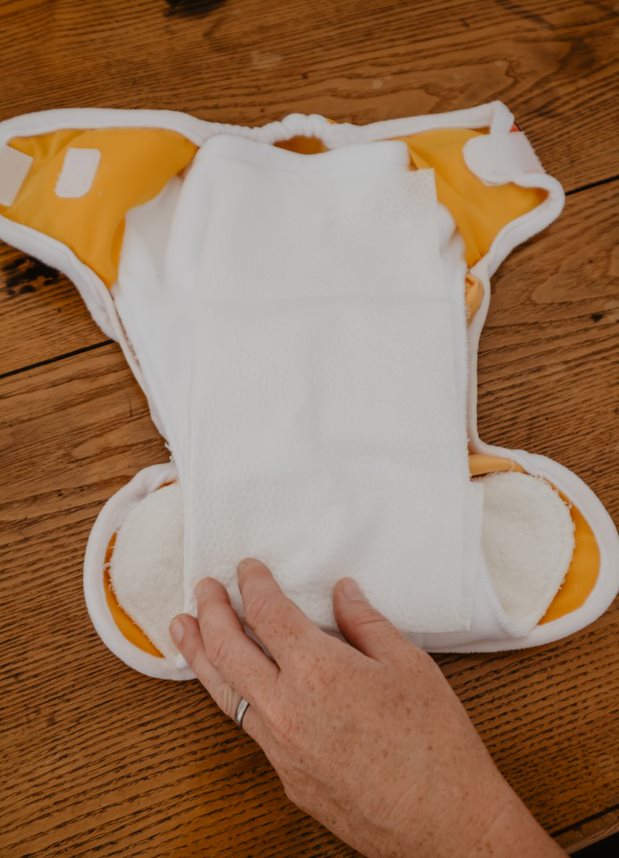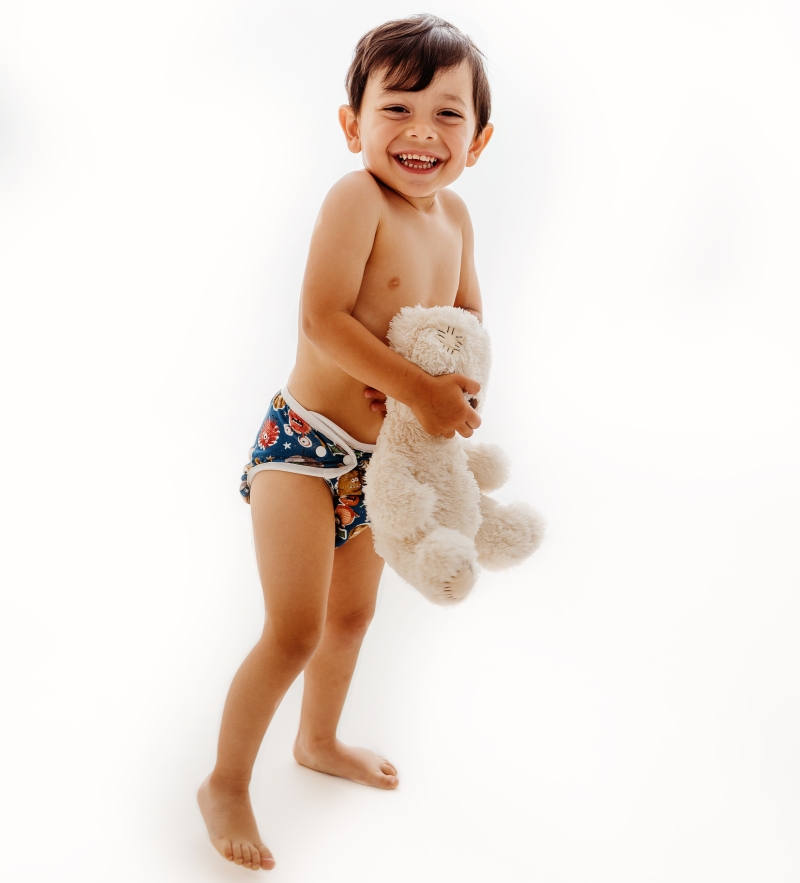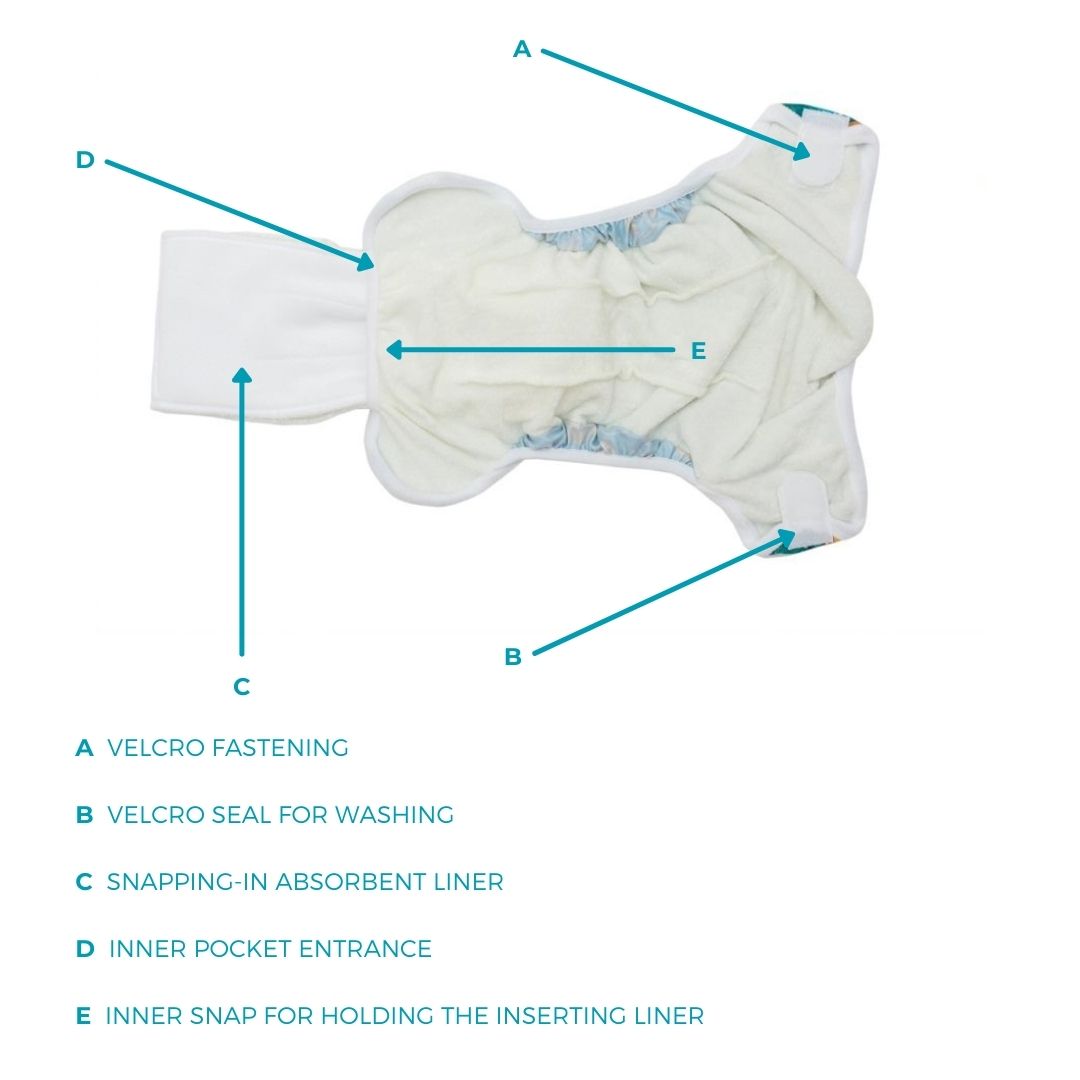Diaper for the Night – Our Tips and Tricks
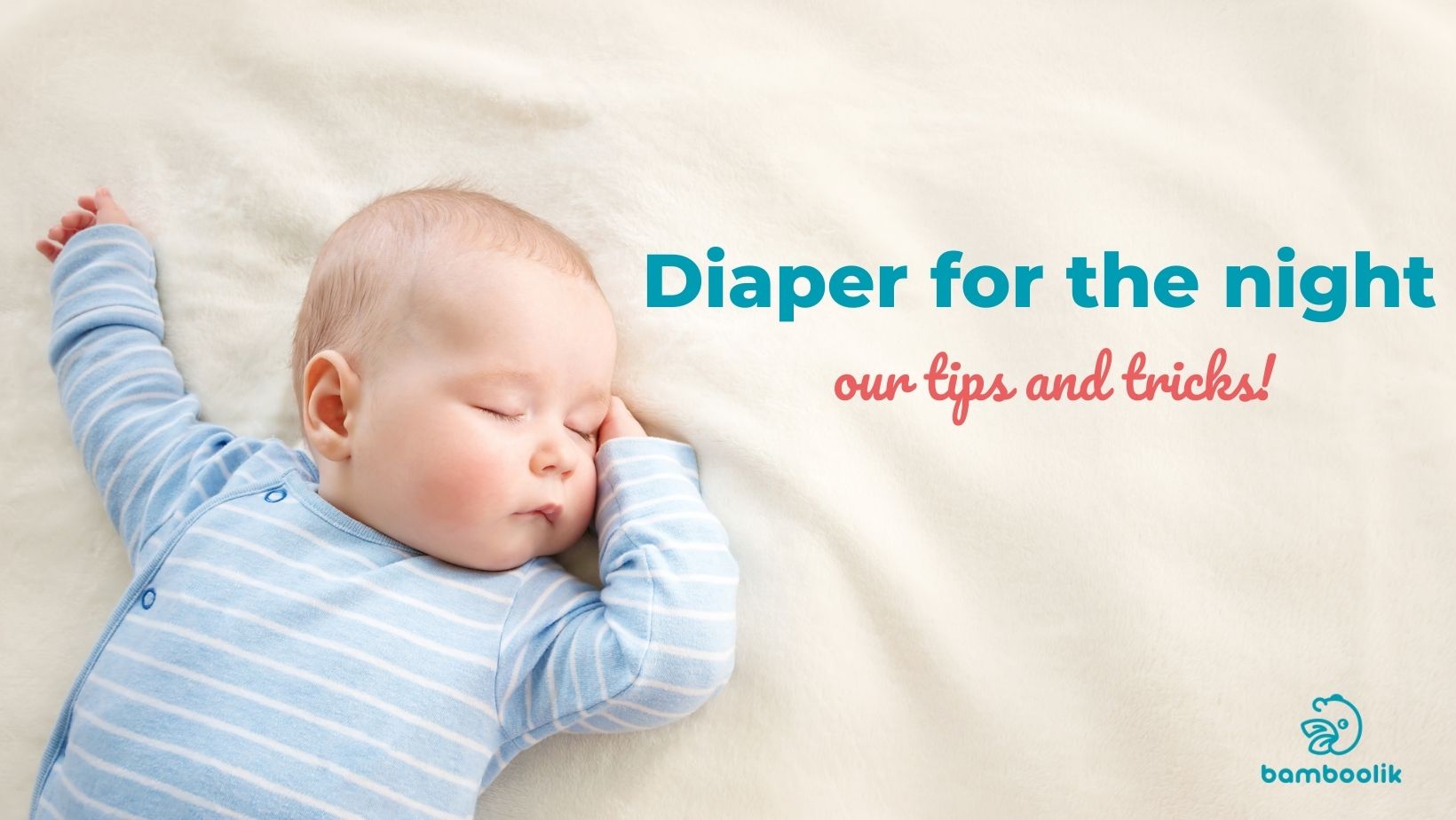
DIAPERS AT NIGHT 101
When will my baby start sleeping through the night? - The dream of every new parent.
When did your baby start to sleep through the night? - Curious inquiries for your more experienced friends.
Do they sleep through the night? - Nagging questions from your family and less experienced friends.
We don’t have a universal answer for that! Nobody does. The phenomenon of night sleep is so diverse that there is no manual for it.
Nevertheless, all parents want it :-) Right? We suppose there is no-one who would willingly get up many times at night and be happy about it.
We cannot affect or predict intervals, in which your baby will wake up during the night (either to feed or for some other reasons). However, based on our parent experience, we can estimate that once your little one’s digestion fully develops, they will most likely stop pooping at night (usually around 2-3 months).
Why do we mention feeding intervals? Because during the first months/weeks, your baby will most likely poop after every nursing session; newborns poop in little amounts but very often :-) And as the golden rule of diaper changing says – change diaper immediately after poop. The night being no exception. (More tips on diaper changing in this article).
SO WHEN CAN I STOP CHANGING DIAPERS AT NIGHT?
As soon as your baby stops pooping during night feedings, you can stop changing diapers every time you nurse at night. You can still do it, of course, but there’s a good reason why you shouldn’t: By the time your baby’s digestion is fully developed, their regime also stabilizes. And most babies will be happy to sleep (mostly) at night. They wake up to nurse (which is absolutely fine!) but once fed, all they want is to continue sleeping. Parents usually want exactly the same thing :-) When you change diapers, you move the baby around quite a lot and that might wake them up more than necessary (feeding is one thing as babies can nurse even half asleep; lifting their butt up and turning them from side to side is another level). That is why we recommend to move your baby as little as possible during the night.
Another aspect that you have to consider with regard to changing diapers at night (especially if you use cloth diapers for your baby): How does your baby react to their diaper being wet? Most newborns sincerely hate it. We reckon you don’t want your baby to feel hatred in the middle of the night? Moreover, being exposed to wetness for a few hours might cause some skin irritation.
SO. WHERE ARE YOUR TIPS FOR DIAPER CHANGING AT NIGHT?
First and foremost, you need a diaper that is very absorbing. Very much absorbing. It should be able to absorb urine for the entire night.
Parents, who use disposable diapers for their babies, usually size up the diaper for the night. That ensures sufficient absorbing capacity in most cases, however children with very sensitive skin might not like being wrapped in not very breathable fabric (mostly plastic) for long hours.
Cloth diapers, on the other hand, are much more breathable than disposables but you should strive to avert the wetness away from the skin. Stay Dry layer is your best friend in this case! It makes your baby feel comfortably dry even when their diaper is wet. Wetness is diverted from the skin and there’s no risk of skin irritation.
WHERE TO FIND STAY DRY LAYER?
Night Fitted Diaper
Stay Dry layer is the contact layer in our Night Fitted Diaper. It fits children from just 3,5 kg and we manufacture it in Europe from certified organic cotton of European origin. The best overnight solution even for the tiniest (and sleepiest) babies.
Night Fitted Diaper has a pocket into which you put our Organic Cotton Terry Prefold which is extremely absorbing. This overnight diaper will never leak! If you need to boost the absorbency of this Night Fitted Diaper further, just add another absorbing insert – e.g. our Organic Cotton Short Insert. (But truth be told, the absorbency boost is needed very rarely.)
Another pro of our Night Fitted Diaper is that it’s absorbing all around its surface so it doesn’t leak while your baby sleeps on their side. While keeping their skin dry at the same time, thanks to the Stay Dry layer. Just don’t forget to put on waterproof Diaper Covers over the Night Fitted Diaper.
Pocket Diaper – our most universal diaper! It fits truly from birth to potty. Similarly to Night Fitted Diaper, it has a pocket that can hold additional absorbing inserts if necessary. It comes with a detachable Absorbing Insert for Pocket Diaper - with an integrated Stay Dry layer. If you want to use Stay Dry as contact layer, attach the Absorbing Insert for Pocket Diaper by the inner snap but put it in the pocket only halfway. The other half of the insert comes ON the pocket. By doing so, Stay Dry layer will touch your baby’s precious skin. (As opposed to using our Pocket Diaper for the day when you might want your baby to feel the wetness - if you want to start potty training for example).
Pocket Diaper has double gussets around the legs – and that is why we’re not afraid to recommend it for the night. Gussets hold everything in. Reliably.
STAY DRY SEPARATION LINER
You can also buy Stay Dry fabric separately! E.g. if you’re an Organic Cotton Absorbing Inserts user, you might need to add a Stay Dry layer for the night (or a day nap). It’s just a thin rectangle of Stay Dry fabric and apart from it making your baby feel comfortably dry, it will also help you to get rid of the diaper’s content more easily :-)

Stay Dry Layer can also be found on our AI2 DUO Absorbing Inserts that have one side Stay Dry, the other is bamboo terry. At the beginning of your night changing journey, using our AI2 DUO Diaper System might suffice perfectly (maybe just add one more Short Absorbing Insert, compared to what your baby needs during the day).
SUMMARY
Don’t worry. Hold on. Your baby WILL start to sleep through the night, eventually.
Any questions we didn’t answer? Feel free to ask us – at our hotline, thought our chatbox here on our website or on our social media.


